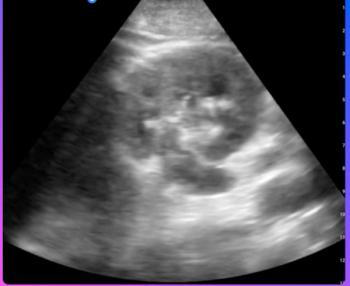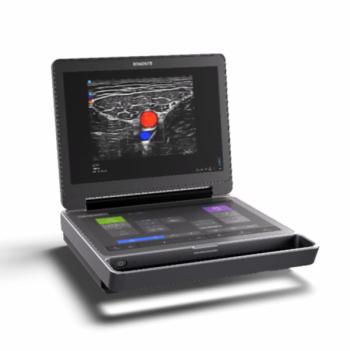
Low-Intensity, Specific-Frequency Ultrasound Selectively Damages Cancer Cells
New approach targets cancer cells based on unique characteristics, leaving healthy cells unharmed.
A new low-intensity ultrasound approach can destroy cancer cells while leaving healthy cells unharmed.
Investigators from the California Institute of Technology and City of Hope Beckman Research Institute have developed a safer, more-targeted approach to ultrasound-based cancer therapies. This approach targets a tumor cell’s unique physical and structural properties, creating a more selective treatment.
“This project shows that ultrasound can be used to target cancer cells based on their mechanical properties,” said David Mittelstein, lead author of a paper published in
The team scaled down the intensity and fine-tuned the frequency to match the target cells, enabling them to shatter several types of cancer cells while leaving healthy blood cells unscathed. Currently, most ultrasound-based cancer therapies use either high-intensity beams to heat and destroy cells or special contrast agents that are injected pre-ultrasound. These techniques can harm healthy cells, and contrast agents only work in a small portion of tumors.
These results are the latest step forward in a growing field called oncotripsy – the singling out and killing of cancer cells based on their physical properties. Oncotripsy is based on the idea that cells are vulnerable to ultrasound at specific frequencies, much like how a trained singer can shatter a wine glass by singing a specific note. Similarly, researchers discovered low-intensity ultrasound, at certain frequencies, breaks down the cellular skeleton of cancer cells specifically.
Newsletter
Stay at the forefront of radiology with the Diagnostic Imaging newsletter, delivering the latest news, clinical insights, and imaging advancements for today’s radiologists.




























